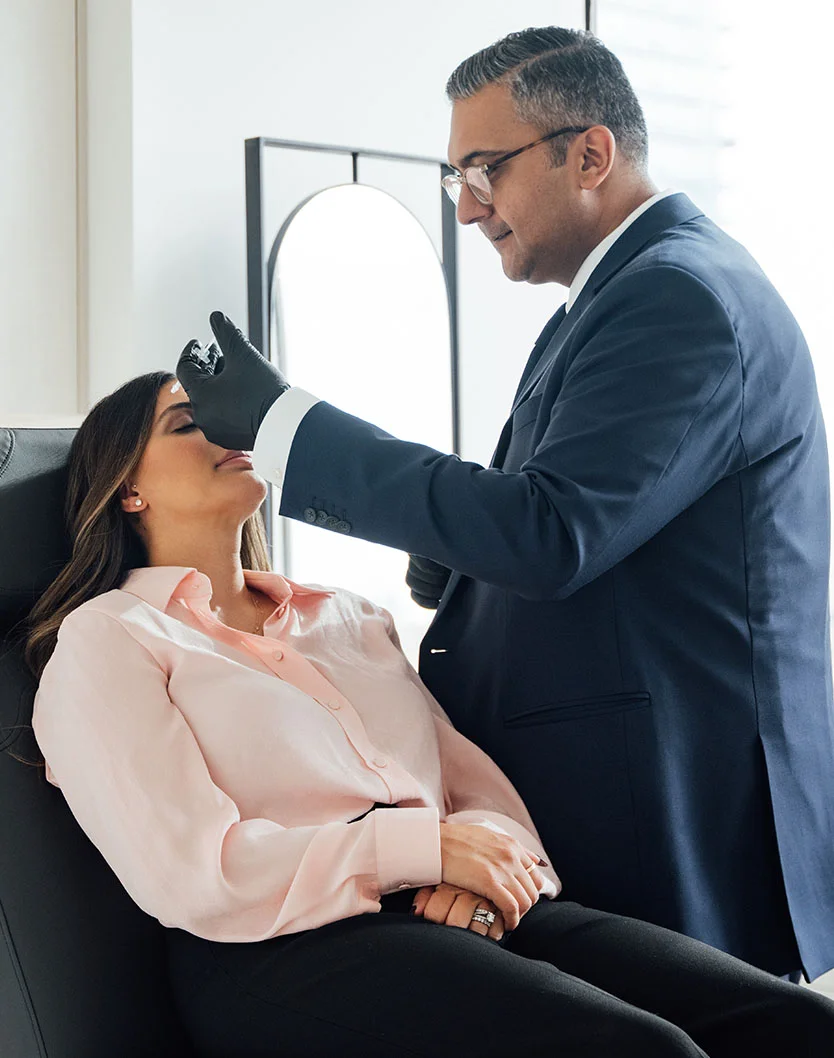If you are ever looking for fillers, Botox, etc. this is the place to come!! I highly recommend Dr. Pirani and his staff. Dr Pirani is so personable, knowledgeable, and trustworthy. You do not feel rushed at all and will take the time to answer all your questions. His staff are super friendly and make you feel so welcome. The day I went they were short staffed, but I would have never known it if they hadn’t mentioned it. I look forward to my future visits.
- Body
- Breast
- Face
- Injectables
- BOTOX®, Dysport & Nuceiva
- Dermal Fillers
- Earlobe Filler
- Facial Slimming
- Gummy Smile Correction
- Hyaluronidase
- Hyperhidrosis
- Jawline Filler
- Lip Injections
- Non-Surgical Brow Lift
- Non-Surgical Double Chin Reduction
- Non-Surgical Facelift
- Non-Surgical Hand Rejuvenation
- Non-Surgical Nose Job
- Tear Trough Treatment
- Skin
- Male
- Gallery
- About
- Resources
- Contact














